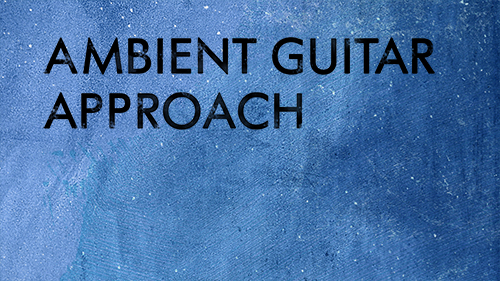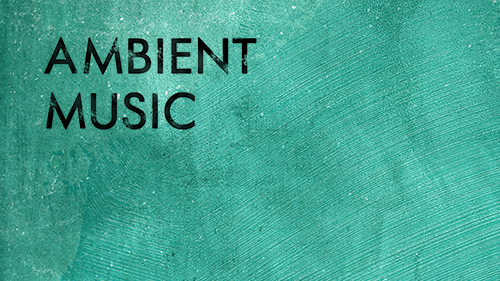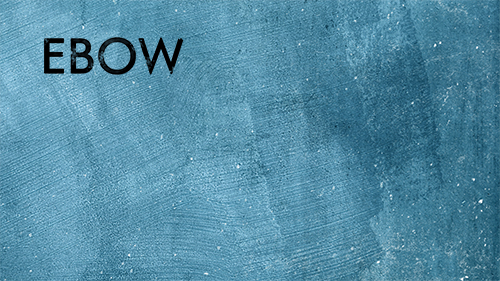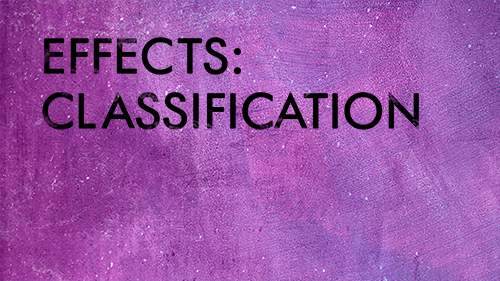Ambient guitar approach
Every genre works out its own set of typical techniques that serve as creative tools and form specific approach to instrument and compositional structure.
This approach determines unique sound that differ one genre or style from the others.
Needless to say that these tools and techniques migrate from one genre to another, intersect and depend much on the musicians preferences. Nevertheless there is always a set of tools and techniques more characteristic of given genre. This very set makes the core of specific approach. What I’m going to do here is to describe this set of tools and techniques.
Speaking of Ambient Guitar we should start from the concept that underlies the genre. This concept is being developed for decades and is aimed to form characteristic sound that creates or recreates a feeling of specific ambience or space. At the same time music intends to give rise to certain mood or state which is in fact has always been one its main goals way back to shaman rituals.
Ambience. If we try to analyze natural Soundscapes we can point out several plans of sounds. There might be a far plan of wind in trees or ocean waves and close plan of twittering birds or human steps. Some researchers point out hi-fi and lo-fi Soundscapes created by the environment to describe how clear background noise is to distinguish details. The same goes with Ambient music – we create different plans that, as we think, might be characteristic of different spaces. We fill music space with so many music events as we think we need to describe this space.
As far as it concerns mood we would play monotone, prolonged and slowly oscillating sounds to arise contemplative and relaxing state, imitate shaman drum to hypnotize listeners or we might choose fast tempo and fill the musical space with over-compressed drums, strings and piano (not to forget ukulele) to produce all those shitty motivational tracks for audio stocks.
Harmony. We choose an appropriate harmony or chords sequence to obtain certain mood or state. It’s good that Ambient music puts no restrictions on harmony - we can play any. A lot of major chords for light and bright mood, one chord drones built on fifths and no median for emotionless meditation, minor chords for sentimentality and something really drastic if we are going to drive our listeners into joyless and suicidal state (there should be a disclaimer here).
All harmonic and non-harmonic decisions are possible within Ambient frameworks and it’s for you to decide what to choose depending on your goals or preferences.
However there are some conventional limitations linked to chord sequences due to frequency specifics of bass notes (most often - root notes). Close intervals (half tone and whole tone) will sound dissonant when they have long release caused by applied effects like delay or reverb. If we want to avoid dissonance in bass notes we can, for example, use a looper to overdub the bass layer with no time-based effects separately from the chord layer with lush delays and reverb. You may or may not take this limitation into consideration depending, again, on your goals.
There are several common ambient guitar techniques like volume swells or drones that I describe in “How to Play” section.
Since my vision of Ambient music is rather wide I often include, besides swells, pads, drones, texturtes and soundscapes, music that normally would be called simply “instrumental” music. I do it in cases when this “instrumental” music undoubtedly corresponds to ambient conception of space and mood. Some people call it “slow music”. Few notes, much air. Bruno Sanfilippo, Leo Abrahams, Bill Frisell, Mathias Eick to name a few.










